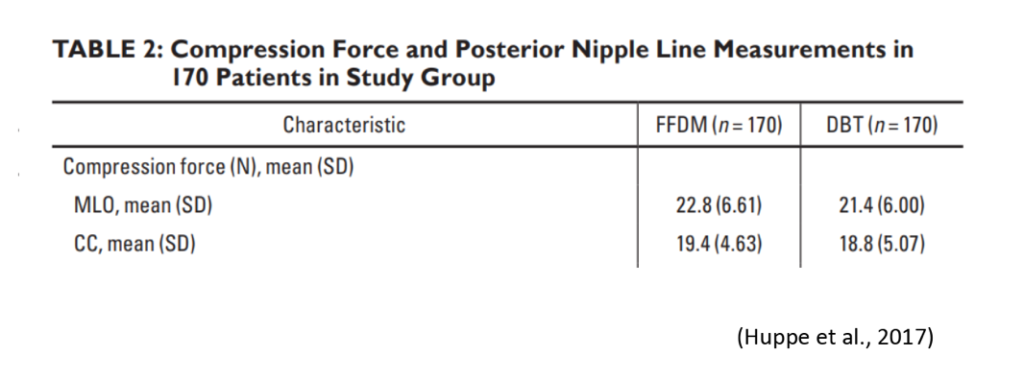Does passing the ACR Accreditation intimidate you?
ACR accreditation should not be a stressful experience if you follow some simple rules to prepare and choose wisely. While I certainly do not claim to know what constitutes ACR reviewer training, I am confident that after many years of going through the process myself and watching hundreds of facilities pass and sometimes fail, there are some common themes and suggestions that can be made to give you the greatest chance of success.
One of the best ways to gain your 8-hour requirement for ACR Accreditation, is to do a positioning training!
Simple ways to prepare your team for ACR Accreditation today
1. Stay calm
• When you get your first notice from the ACR, start planning.
2. Have your techs start making notations of good candidates for image submission.
• If you can do that electronically in your reporting system, great. If you have an analytics program that can help you do the selection, even better! Even a list written on paper and handed to your lead tech at the end of the day is a good start. Please be sure to indicate “fatty” or “dense” as the breast density category. I like to give them scores too, for example an A++ meets all criteria, an A+ meets most criteria, an A meets some criteria. I would not recommend any images that you have scored any lower.
3. When you and your team get those great images, share them with your LIP and/or other techs and rads.
• While this can sometimes complicate things, the majority might be in agreement that the exams are great and will pass. If you are confident that the cases will pass and you have LIP approval, do not wait! Image your phantom as soon as possible and send it off. This will save you a lot of stress over finding something better. See how to upload images using the ACRedit Web Client
4. With that said, make sure the images you pick are a representation of your best work and are approved by your LIP.
• If you are using the scoring system above, an A is okay. It is hard to get perfect images, especially for those of you who have smaller volumes or challenging patient populations to choose from.
5. If you have any questions, call the ACR.
• Please do not wait until the day before your images are due! If you need help, their staff is extremely helpful so call ahead of time.
Top positioning techniques to help you pass ACR Accreditation
1. PNL measurement on the CC must be within 1 cm of the PNL measurement on the MLO.
Below are two of our many resources that can help you and your team make needed adjustments quickly!
• How to adequately measure the PNL on both views.
• Tips for how to get more posterior breast tissue on the CC.
2. Tips for the MLO View:
• Check visualization of the pectoralis muscle on the MLO:
• Length (down to the level of the PNL),
• Width (wide margin at the top in axilla),
• Shape (convex or straight)
• Visualization of the IMF
• Breast “centered” on the IR (not sitting too high on the IR). I would aim for the bottom of the breast/IMF to be no more than 2” above the bottom edge of the image.
3. Tips for the CC View:
• Visualization of CV, if possible, but more importantly, adequate visualization of posterior, lateral breast tissue on the CC. I would not choose a case where the patient has prominent, posterior (this is not ideal however is acceptable), or glandular breast tissue that is missing off the lateral edge of the image.
• Visualization of pectoralis muscle, if possible. I would easily send images without pec on the CC as long as the PNL measurements are within 1cm.
• Nipple is centered on the CC.
• Nipple is in profile on at least one of the views. While this is acceptable criteria in a screening environment, I would try to make sure that the nipple is in profile in both views.
4. Ensure that there are minimal skin and fat folds with no other artifacts are present.
5. Check the compression!
• Compression should be consistent and not vary more than 10% from the left side to the right side on both the CC and MLO views. However, compression on the MLO will be about 20% higher than compression on the CC view due to the thickness of the axilla. Citation

We hope these tips help to make this a successful experience. Our final tip for you and your team is that after you get your PASS letter, go out and celebrate!

